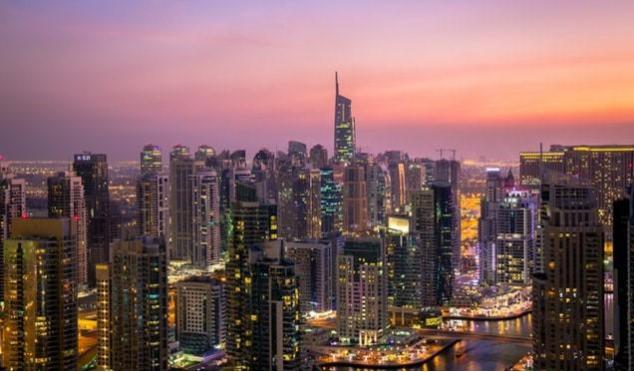SHARE
Flying Cars Might be a Reality in Dubai this Summer
It has been observed that Dubai has overpopulated roads. However, the skies are about to get crowded: they are launching flying cars this summer. That is not all, these flying cars are driverless, a feat in Robotics that definitely requires praise.
On Monday before the Valentine’s Day the test drive for the car was taken and it was presumed that these cars were totally automated and were free from human intervention. The flying car controlled by a true AI, has always been a part of fiction, but now it becoming a reality. To add more spice to the mix, it is an understood factor what would happen to the traffic rules in Dubai.
If these cars were truly to populate the air, what would planes do in this case? Would Dubai be declared a no fly zone or would it allocate a certain altitude to the already existing air traffic? This is not all. Dubai has a high road side accident average, and when the traffic is linear and travels in a specific pattern, how would they control, monitor or ticket these vehicles?
Perhaps these vehicles are automated and can be programmed to avoid such circumstances, which would require tough algorithms that would have to identify every possible condition that could exist in an air traffic collision. And there is the traffic problem, how would these planes or so-called flying cars would react if it is surrounded on all sides by other such cars? The Ehang 184, for example, has surprising specs: it can fly upto 3500 meters above sea level, it has a cruise speed of 60 km/h, net weight of about 240kg, the maximum output is about 152 kw considering it is powered by 8 motors, it takes about 1-4 hours to charge and has the battery capacity of 17 kwh and it can carry weights about 100kg.
Keeping traffic control on one side, the energy consumption would boost. This would certainly be tackled by solar energy, the most obvious choice in the matter at hand, but it would run on stored energy at night. There are various ifs in this case. For example, what if the power source fails? What if it runs out of energy in a traffic jam? What if it is too low on fuel but has attained an altitude that is too high to safely land?
It is presumed again that mobile fuel stations would also be launched to tackle the situation. Surely the authorities that are launching this incentive have some backup plans to combat all of the above and numerous other ifs, that may arise as a simultaneous result of launching this mobile medium of air transport, its launch would certainly boost tourism revenues as well. And with an increase in costs, the revenues foster as well.
With the circulation of flying cars, new engineering challenges need to be solved: aerial traffic jams? Running out of gas while flying?
We will soon see what this imminent future brings. Join our engineering community here
— Patrycja Jackiewicz (@patryqa) June 20, 2017
#Dubai to identify landing locations for flying cars. @Uber looking into pricing models & routes #WelcomeToTheFUTURE https://t.co/KHzRFW2Wfh
